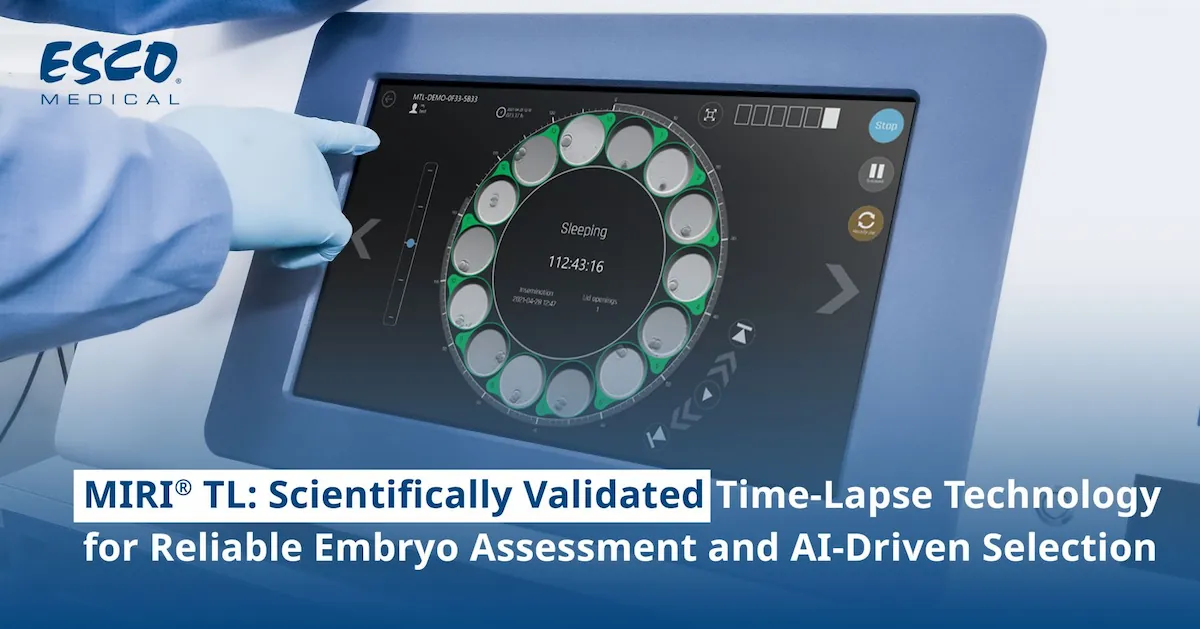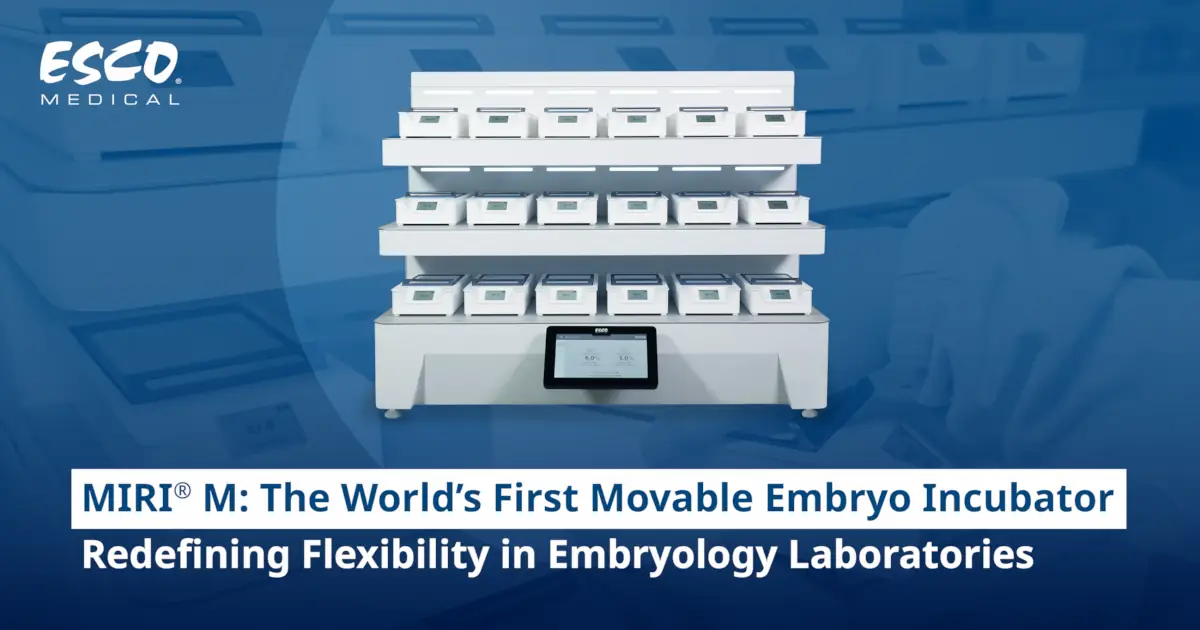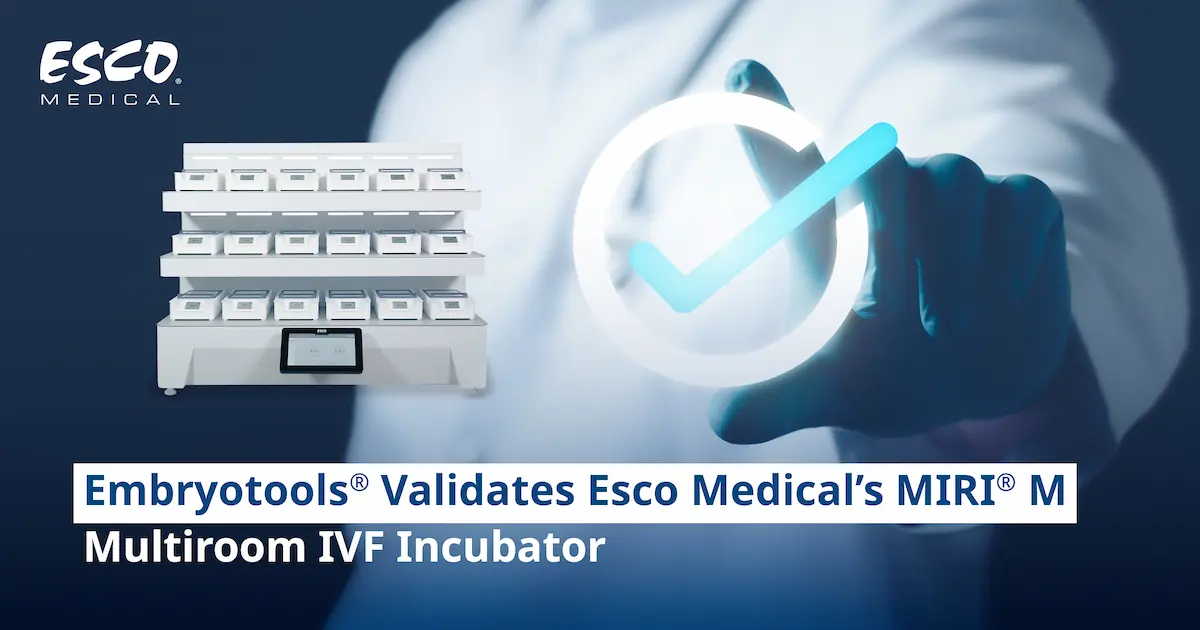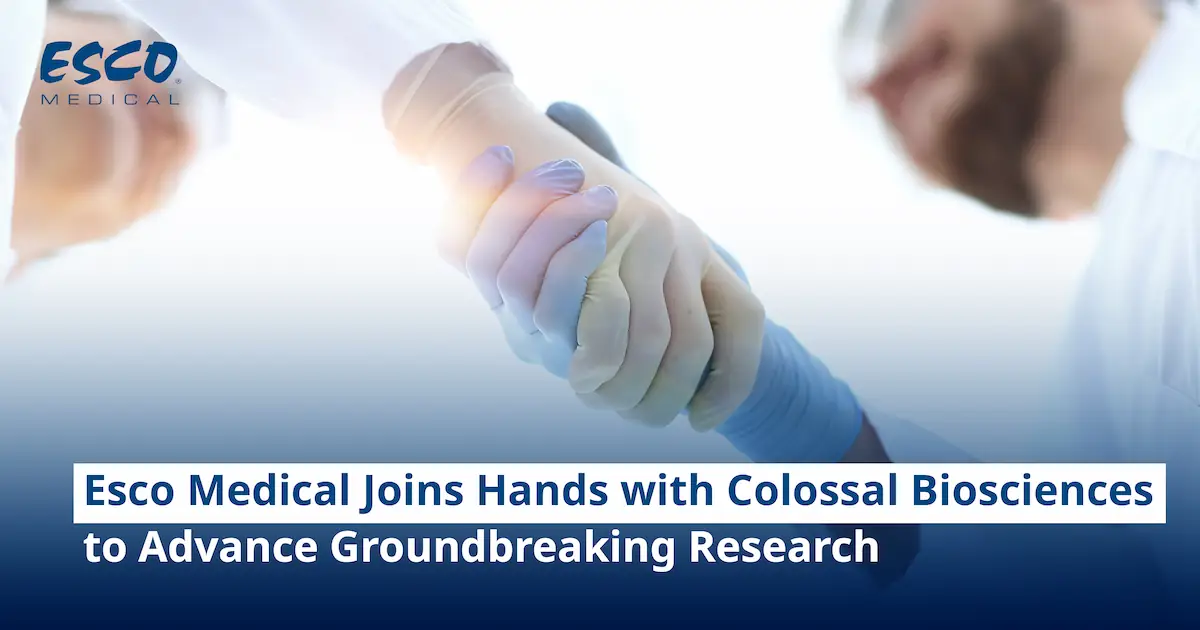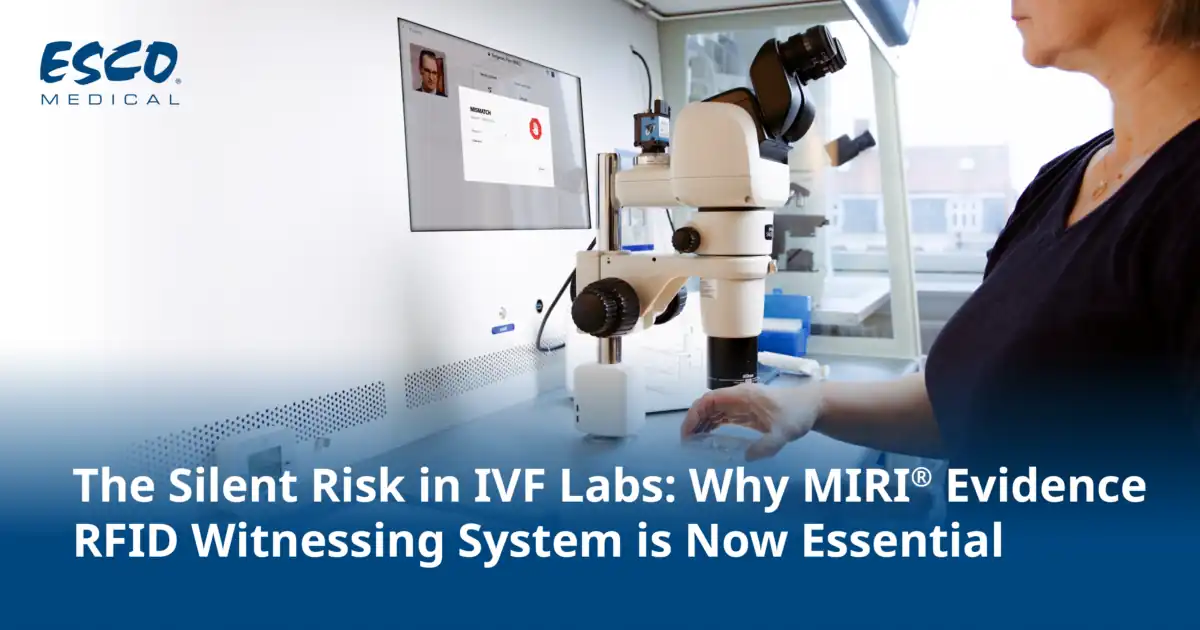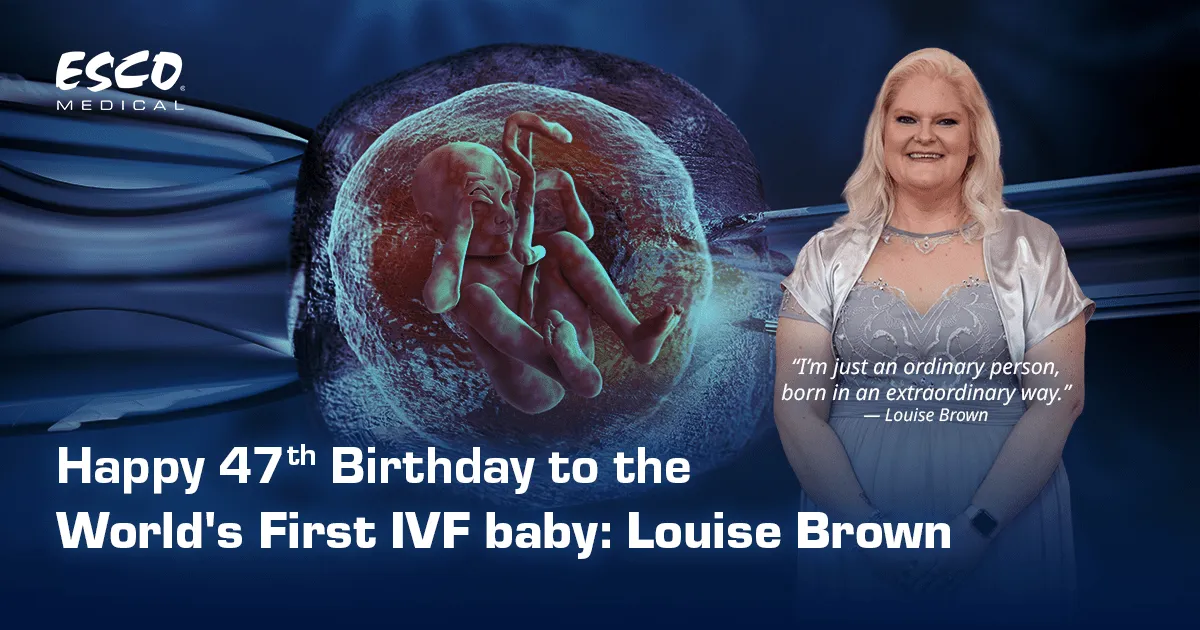.jpg)
How To Optimize Your Embryo Culture System?
When it comes to cultivating embryos, the decision between single culture and group culture holds significant implications. This article explores laboratory procedures for establishing cultures, including dish preparation, pH control, and the impact of oil overlays. Our cultural system faces pressure to perform effectively, focusing on reaching blastocysts on days five, six, or even seven. This selection leads to superior embryos for transfer, reduces multiple pregnancies, and generates genetic material for PGT-A.
Single Culture vs. Group Culture
Advantages of Single Culture
Embryos cultured individually offer distinct advantages. By isolating each embryo, you minimize the potential for interactions that could hinder development. This method ensures that the environment surrounding each embryo remains consistent, reducing the risk of resource depletion due to neighboring embryos. Single culture also allows for more precise monitoring and assessment of each embryo's progress. This individualized approach enables better identification of high-quality embryos, optimizing the selection process for transfer.
Benefits of Group Culture
Group culture, on the other hand, capitalizes on the potential positive impact of embryonic interactions. Embryos cultured together can exchange embryotropic factors, potentially enhancing their development. This approach is akin to the natural environment where embryos develop within the maternal uterus, benefiting from shared signals. Group culture can also be logistically efficient, requiring fewer resources and incubator space compared to individual cultures.
A diverse array of biochemical messengers, such as growth factors, proteins, lipids, neurotransmitters, saccharides, and microRNAs, play a role in governing inter-embryo communication.2 These substances facilitate exchange between embryos when they are cultured collectively. The implementation of this microwell group culture technique led to increased rates of clinical pregnancy and live births.2
Resolving the debate requires identifying factors embryos secrete and deplete. Monitoring embryo development using the MIRI® Time-Lapse incubator from Esco Medical could help determine the most advantageous approach. Paracrine impacts of embryotropic factors might enable individual embryo cultures to match group culture benefits.

Variables to consider in trying to optimize group culture:
- Embryo density Embryo spacing/contact.
- Quality of companion embryos
- Whether to change companion embryos according to grading
- Microdroplet volume
- Culture media utilized Frequency of changing media
- Type of dish/platform
- Volume of oil overlay
Micro-Droplets and Optimized Embryo Culture
Drop volume is undoubtedly a significant factor that requires careful consideration. Laboratories are increasingly adopting smaller drop sizes, and as the drop size decreases, the risk of evaporation during its creation becomes more pronounced. A drop volume of 30 to 50 microliters is recommended for embryo culture, as it offers numerous advantages while minimizing associated risks.
Osmolality remains uncertain, with 20 to 50 microliters being common and safer. Embryo development and differentiation benefit from reduced volumes and grouped cultures.
The impact of incubation volume and embryo grouping on embryo development and differentiation is evident. When a single embryo is cultured in a 4-well plate, any factors produced by the embryo become less effective due to dilution. Culturing embryos in reduced volumes and groups enhance embryo-derived factors' concentration, promoting their activities through paracrine or autocrine mechanisms.
Media pH and CO2 Concentration
CO2 concentration affects media pH, with 7.2 as the lower limit. Embryos' internal pH hovers around 7.1, and media pH of 7.3 ± 0.1 is advised. An optimal pH range is 7.2 to 7.4.
Role of Temperature in Optimizing Embryo Culture Systems
Temperature is just as crucial as pH and must be meticulously controlled throughout the IVF procedure. Maintaining a temperature as close to 37°C while ensuring stability is advantageous for extended embryo culture. It is important to maintain the right temperature as it affects meiotic spindle stability and the embryo metabolism.
Monitoring and consistent temperature are essential for extended embryo culture.
The Effect of Oxygen Tension on Optimizing Embryo Culture Systems
Cultivating embryos under low oxygen tension (5% vs. 21%) leads to superior outcomes, enhancing implantation rates and success probabilities.
The Role of Oil in IVF Culture
Oil minimizes pH changes, avoids osmolality fluctuations, stabilizes temperature, and protects embryos from external factors.
Key Considerations
Both single and group culture have their merits, but certain factors should guide your decision. The quality of embryos in your specific situation matters; if you have a pool of embryos with varying quality, single culture might be more beneficial for precise selection. Additionally, the nature of the culture media and the degree of control you can exert over environmental conditions play crucial roles. It is essential to weigh the benefits of enhanced monitoring in single culture against the potential benefits of embryonic interactions in group culture.
Summary
Optimal results in IVF require meticulous attention to detail. Adherence to protocols, SOPs, and rigorous quality control play pivotal roles. Apart from IVF culture media, other factors like pH, temperature, osmolality, and oil application must be optimized. Each laboratory must determine its optimal conditions. Controlling pH, temperature, and osmolality minimizes embryo stress, enhancing their potential before transfer. The choice and application of oil are critical. Proper dish preparation, quality equipment, and maintenance are vital.
The choice between single and group culture is nuanced, influenced by factors ranging from embryo quality and available resources to clinic preferences. Both approaches have strengths and considerations that impact embryo development. By carefully evaluating these factors and considering the unique context of your clinic, you can determine which culture method is the better fit for maximizing the success of your assisted reproductive procedures.
Edited by: Sindhoora Rao
References:
- Sun, X., Eang, W., & Keefe, D. (2004). Overheating is detrimental to meiotic spindles within in vitro matured human oocytes. Zygote 12, 65-70
- Fancsovits, P., Pribenszky, C., Lehner, A. et al. Prospective-randomized study comparing clinical outcomes of IVF treatments where embryos were cultured individually or in a microwell group culture dish. BIOLOGIA FUTURA 73, 229–236 (2022).
- Reed, M. L., Woodward, B. J., & Swain, J. E. (2011). Single or Group Culture of Mammalian Embryos: The Verdict of the Literature. Journal of Reproductive and Stem Cell Biotechnology, 2(2), 77–87.
